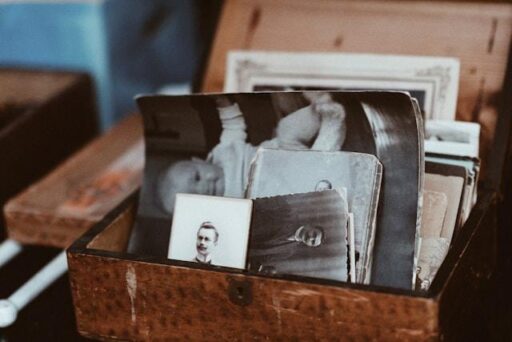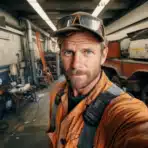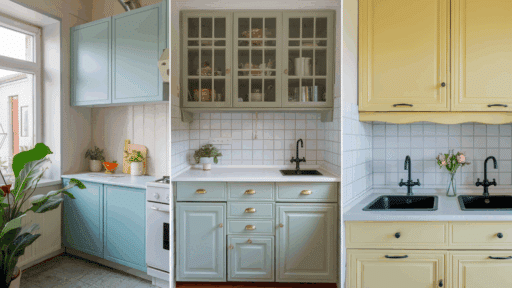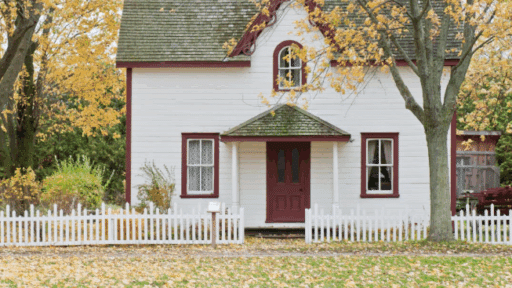Cleaning a family home sounds simple until you step into a room that has not been touched for years. Deep decluttering projects feel different from just removing junk because the work forces you into rooms you usually avoid. Those spaces hold boxes piled on shelves, tucked under stairs, or pushed to the back of closets, each one filled with things you forgot existed. People often ignore these corners of the home because they know what is waiting inside. Dust grows thicker. The tape dries out. Cardboard bends under its own weight. Then the moment you open a box, you face parts of your story that have been sitting quietly in the dark.
Unearthing Visual History
Decluttering projects often lead to forgotten media formats that have not been viewed in decades. It is common to find slide carousels, boxes of negatives, or film reels stored with the hope of being sorted “one day.” That day, as it turns out, arrives during a major cleanout.
Slides reveal vivid colors when they are preserved well, yet you may lack a working projector. Film reels carry birthdays, weddings, and quiet afternoons in the yard, but they remain silent until you convert them to a format you can use.
In a way, negatives feel even more mysterious. Some contain images that were never printed, giving you a chance to see moments no one in the family realized existed.
Why Should You Convert?
Still, film breaks down slowly over the years. Heat and light speed the process. Once you uncover these pieces of visual history, it becomes important to save them before the details fade. If you convert negatives to digital, you can view the photos with ease and keep them safe long-term.

/alt: A person holding a photo album with faded black and white photographs.
/caption: Digitization is the only way to avoid losing family memories permanently.
Digital copies allow you to zoom in and examine details once overlooked. A faded silhouette becomes a familiar face. A blurry shape becomes a backyard toy. These revived images offer a connection that feels immediate.
When you share the new digital files, the family gathers around them with fresh curiosity. People send them through group chats or create printed books as gifts. The images step out of the shadows and become part of daily life again.
These pictures bridge the gap between generations. Children see their parents as kids. Stories flow more freely because a single image sparks a memory someone had not thought of in years.
The Psychology of Stored Items
People hold onto objects for reasons that rarely follow clear logic. A person might keep a broken toy because it belonged to a sibling, or save a postcard long after the sender passed away. Objects act as memory anchors, and the idea of losing them feels risky, as if the memory itself could vanish.
You save these things because you want the past to remain clear. That habit slowly turns basements and closets into small museums. Time moves forward, and yet these pockets of the home stay frozen. When you revisit them, memories rush in with surprising force.
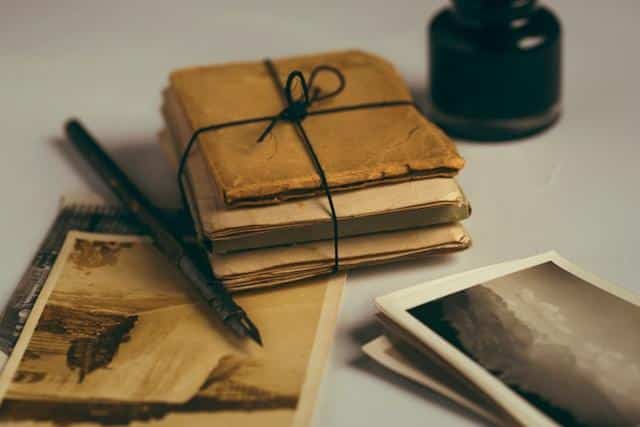
/alt: A vintage pen and a stack of letters, next to a few black and white postcards
/caption: Even ordinary items from the past can unleash a tidal wave of memories.
A single object can push you back thirty years. The smell of old paper, cedar, or mothballs hits you before your mind registers the item itself. Touch strengthens the memory even more. These connections explain why the process of letting go feels heavy.
Letting go can feel like losing a part of yourself, and that feeling slows almost everyone. Sorting takes time because each decision has a small emotional weight — but decluttering projects are a simple change that makes life easier in the long run. You must acknowledge the person you were when you kept the item and the person you have become since.
Paper Trails and Heirlooms
Old letters and documents carry a different kind of weight. The handwriting makes the past feel close because it reveals personality in a way typed text never does. You might discover correspondence from a relative who wrote home during difficult years. You read the words slowly, hearing the emotion through the uneven pressure of the pen.
Postcards offer quick glimpses of travel and humor. Brochures and ticket stubs reveal what mattered to someone at a particular moment. Recipe cards hold stains from family meals prepared over and over. Together, these paper scraps form a map of a life.
Alongside the paper come physical heirlooms. Toys, clothing, tools, and household objects tell their own stories. During decluttering projects, you may find a child’s doll, still recognizable after years in a box. Or a piece of jewelry wrapped in tissue that has yellowed. These objects tell something about the people who owned them.
Vintage clothing carries a sense of a specific time. Wedding gowns, uniforms, and formal coats show what people wore during major events in their lives. Tools show what work they did each day. Holding them strengthens your understanding of their routines and sacrifices.
Processing the Emotional Intake
Finding long-lost items can bring joy, and that joy keeps the project moving. Conversations begin almost immediately. One object sparks a story. Another sparks a disagreement about who remembered what correctly. These moments pull the family closer.
But the cleaning work can also stir old grief. An object that belonged to a relative who has passed away can bring tears without warning. Items tied to hard memories—difficult relationships, losses, or times of struggle—also resurface. It takes energy to sit with these feelings while still trying to move the project forward.
You do not need to keep everything. A photograph of an item can preserve the memory without adding to physical clutter. Sometimes, passing an object to another relative gives it a second life. Someone else might cherish the item more.
What Does All This Mean?
Decluttering projects begin as chores. By the end, they become journeys through a family’s long story. You end up moving through time as much as you move through dust. On the final day, the space feels lighter and so do you.
Main kw: decluttering projects
Meta description: Deep decluttering projects do more than clear space. Learn how they unearth forgotten family history, old photos, and memories.

